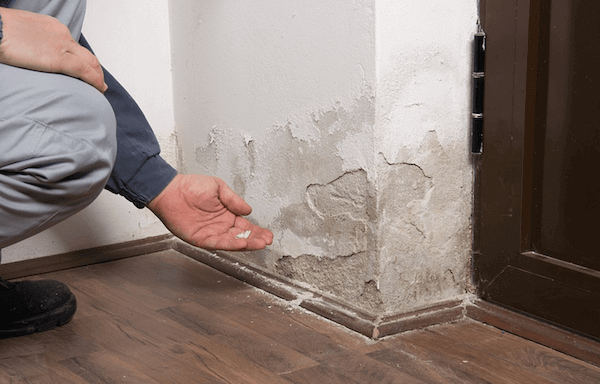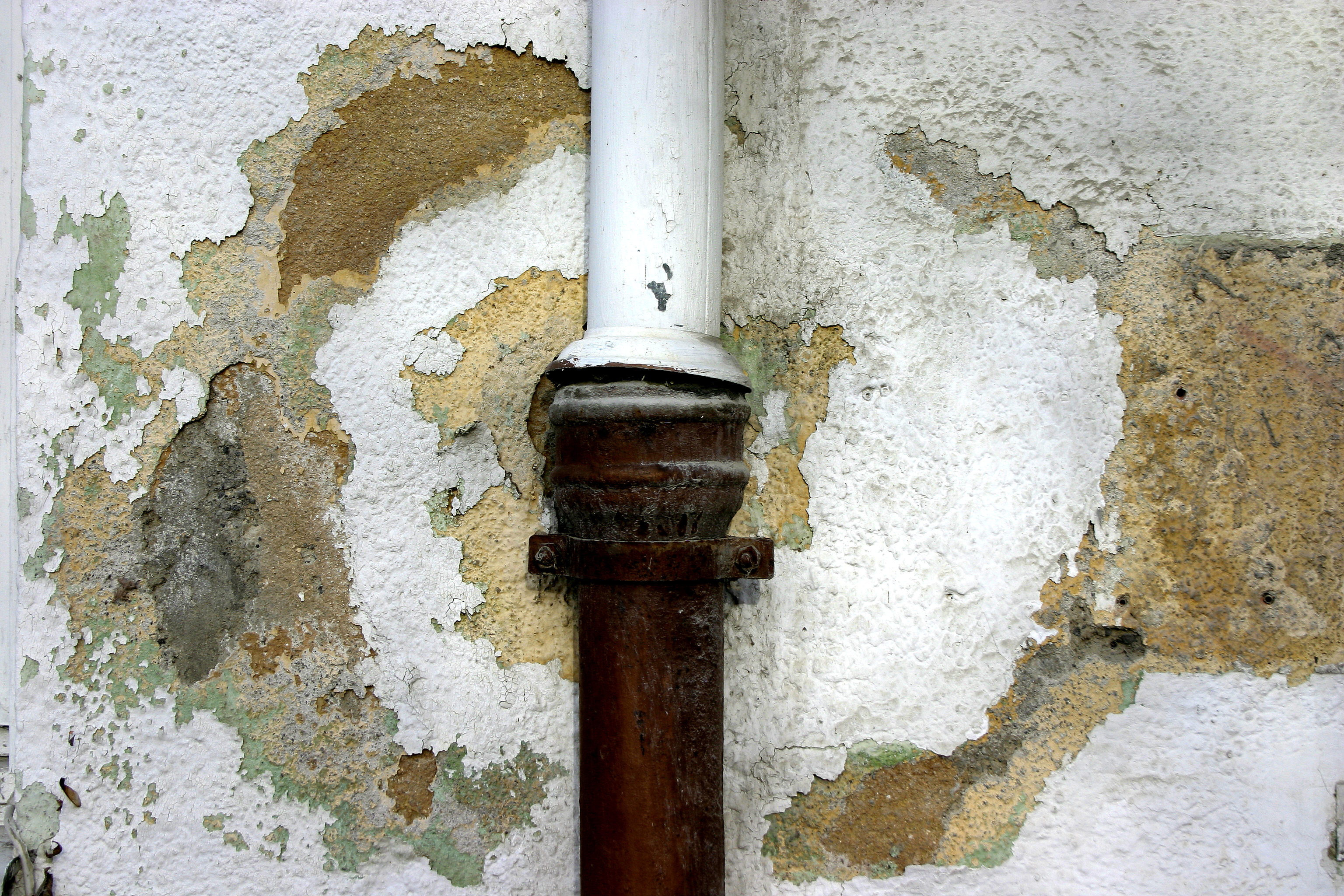6 Water Damage Reconstruction Do's as well as Don'ts.
6 Water Damage Reconstruction Do's as well as Don'ts.
Blog Article
This great article in the next paragraphs pertaining to Preventing Fires and Water Damage In Your Home is seriously engaging. Don't bypass it.

Though water offers life, water intrusion on parts where it's not meant to be can cause damages. It can peel away surface areas and wear down the foundation if the water soaks into your structure. Mold as well as mold additionally grow in a moist setting, which can be hazardous for your health and wellness. Residences with water damages smell stuffy as well as old.
Water can come from lots of sources such as tropical storms, floods, burst pipelines, leaks, as well as drain issues. In case you experience water damage, it would certainly be good to recognize some security preventative measures. Right here are a couple of guidelines on just how to handle water damages.
Do Prioritize House Insurance Policy Coverage
Water damages from flooding as a result of heavy winds is seasonal. You can additionally experience an abrupt flood when a defective pipe suddenly breaks into your residence. It would certainly be best to have residence insurance that covers both disasters such as all-natural catastrophes, and also emergencies like busted plumbing.
Do Not Forget to Turn Off Utilities
In case of a disaster, particularly if you reside in a flood-prone area, it would be suggested to shut off the primary electrical circuit. This cuts off power to your entire home, stopping electric shocks when water can be found in as it is a conductor. Additionally, don't forget to shut off the major water line shutoff. Furniture will certainly relocate around and also cause damages when floodwaters are high. Having the major valve turned off avoids additional damage.
Do Remain Proactive and also Heed Weather Condition Alerts
Listen to emptying cautions if you live near a creek, river, or lake. Doing so decreases possible home damage.
Do Not Overlook the Roofing System
You can stay clear of rainfall damage if there are no openings as well as leakages in your roof. This will certainly protect against water from moving down your walls and saturating your ceiling.
Do Take Notice Of Small Leaks
A ruptured pipeline doesn't take place overnight. Normally, there are red flags that suggest you have compromised pipelines in your home. For instance, you might notice bubbling paint, peeling off wallpaper, water streaks, water discolorations, or trickling audios behind the walls. Eventually, this pipeline will rupture. Preferably, you ought to not wait on points to escalate. Have your plumbing fixed before it leads to substantial damage.
Don't Panic in Case of a Burst Pipeline
Maintaining your presence of mind is important in a time of crisis. Because it will certainly stifle you from acting fast, worrying will just intensify the problem. When it comes to water damages, timing is essential. The longer you wait, the even more damage you can expect. Thus, if a pipe bursts in your residence, right away turned off your main water shutoff to cut off the resource. Then unplug all electrical outlets in the area or turn off the circuit breaker for that part of your house. Finally, call a trustworthy water damage remediation specialist for support.
Water provides life, water intrusion on components where it's not expected to be can result in damage. Residences with water damages odor old and moldy.
Water damages from flood dues to heavy winds is seasonal. You might observe bubbling paint, peeling off wallpaper, water streaks, water discolorations, or dripping sounds behind the walls. When it comes to water damage, timing is crucial.
Some Do's & Don't When Dealing with a Water Damage
DO:
Make sure the water source has been eliminated. Contact a plumber if needed. Turn off circuit breakers supplying electricity to wet areas and unplug any electronics that are on wet carpet or surfaces Remove small furniture items Remove as much excess water as possible by mopping or blotting; Use WHITE towels to blot wet carpeting Wipe water from wooden furniture after removing anything on it Remove and prop up wet upholstery cushions for even drying (check for any bleeding) Pin up curtains or furniture skirts if needed Place aluminum foil, saucers or wood blocks between furniture legs and wet carpet Turn on air conditioning for maximum drying in winter and open windows in the summer Open any drawers and cabinets affected for complete drying but do not force them open Remove any valuable art objects or paintings to a safe, dry place Open any suitcases or luggage that may have been affected to dry, preferably in sunlight Hang any fur or leather goods to dry at room temperature Punch small holes in sagging ceilings to relieve trapped water (don't forget to place pans beneath!); however, if the ceiling is sagging extremely low, stay out of the room and we'll take care of it DO NOT:
Leave wet fabrics in place; dry them as soon as possible Leave books, magazines or any other colored items on wet carpets or floor Use your household vacuum to remove water Use TV's or other electronics/appliances while standing on wet carpets or floors; especially not on wet concrete floors Turn on ceiling fixtures if the ceiling is wet Turn your heat up, unless instructed otherwise

Do you really like reading about Fire And Water Damage Prevention? Post feedback down the page. We would be glad to know your ideas about this entry. We hope that you come back again soon. Sharing is caring. Helping others is fun. Thanks a bunch for your time. Please visit our website back soon.
Report this page